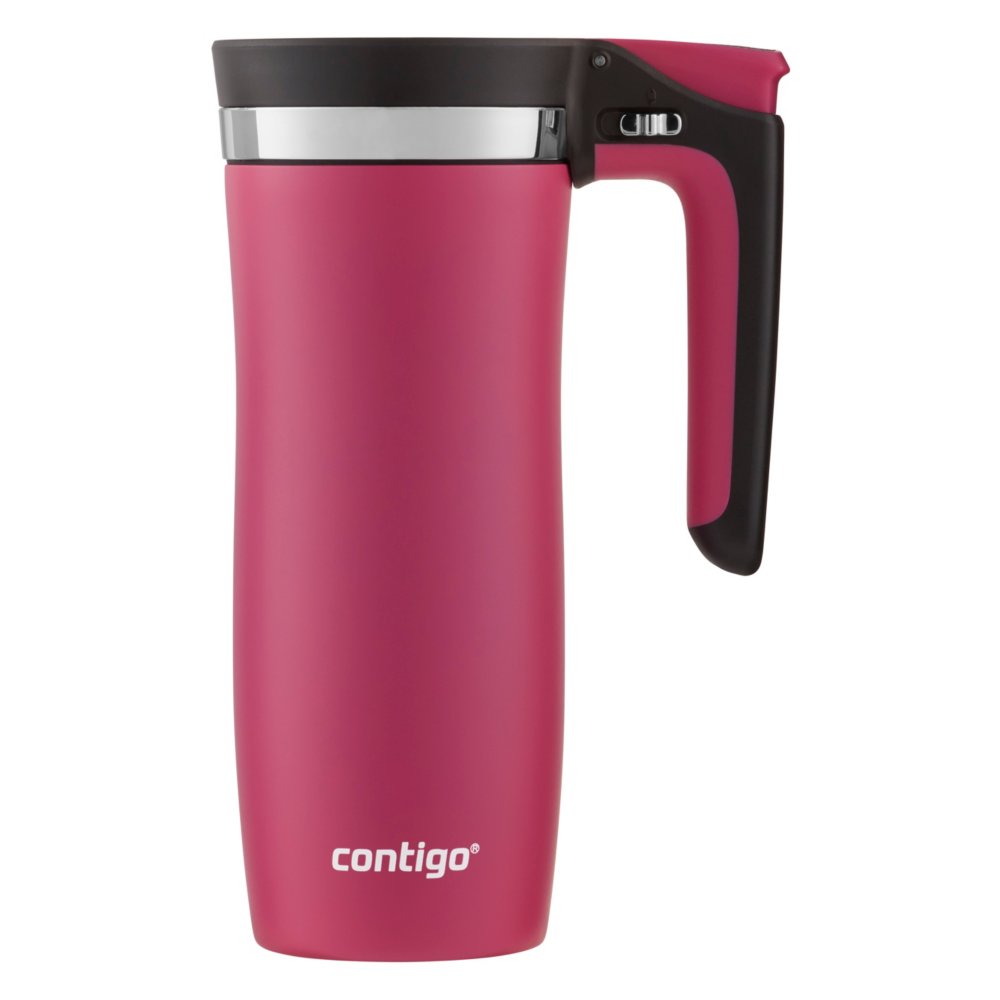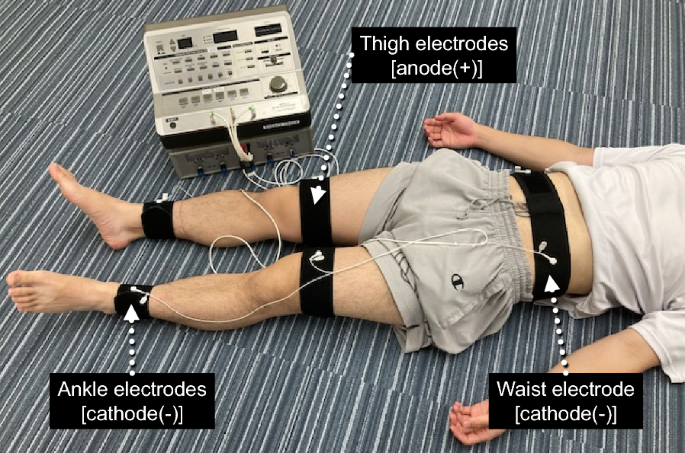
Effects of electrical muscle stimulation on cerebral blood flow, BMC Neuroscience
Price: $ 54.99
5(388)
Electrical muscle stimulation (EMS) induces involuntary muscle contraction. Several studies have suggested that EMS has the potential to be an alternative method of voluntary exercise; however, its effects on cerebral blood flow (CBF) when applied to large lower limb muscles are poorly understood. Thus, the purpose of this study was to examine the effects of EMS on CBF, focusing on whether the effects differ between the internal carotid (ICA) and vertebral (VA) arteries. The participants performed the experiments under EMS and control (rest) conditions in a randomized crossover design. The ICA and VA blood flow were measured before and during EMS or control. Heart rate, blood pressure, minute ventilation, oxygen uptake, and end-tidal partial pressure of carbon dioxide (PETCO2) were monitored and measured as well. The ICA blood flow increased during EMS [Pre: 330 ± 69 mL min−1; EMS: 371 ± 81 mL min−1, P = 0.001, effect size (Cohen’s d) = 0.55]. In contrast, the VA blood flow did not change during EMS (Pre: 125 ± 47 mL min−1; EMS: 130 ± 45 mL min−1, P = 0.26, effect size = 0.12). In the EMS condition, there was a significant positive linear correlation between ΔPETCO2 and ΔICA blood flow (R = 0.74, P = 0.02). No relationships were observed between ΔPETCO2 and ΔVA blood flow (linear: R = − 0.17, P = 0.66; quadratic: R = 0.43, P = 0.55). The present results indicate that EMS increased ICA blood flow but not VA blood flow, suggesting that the effects of EMS on cerebral perfusion differ between anterior and posterior cerebral circulation, primarily due to the differences in cerebrovascular response to CO2.
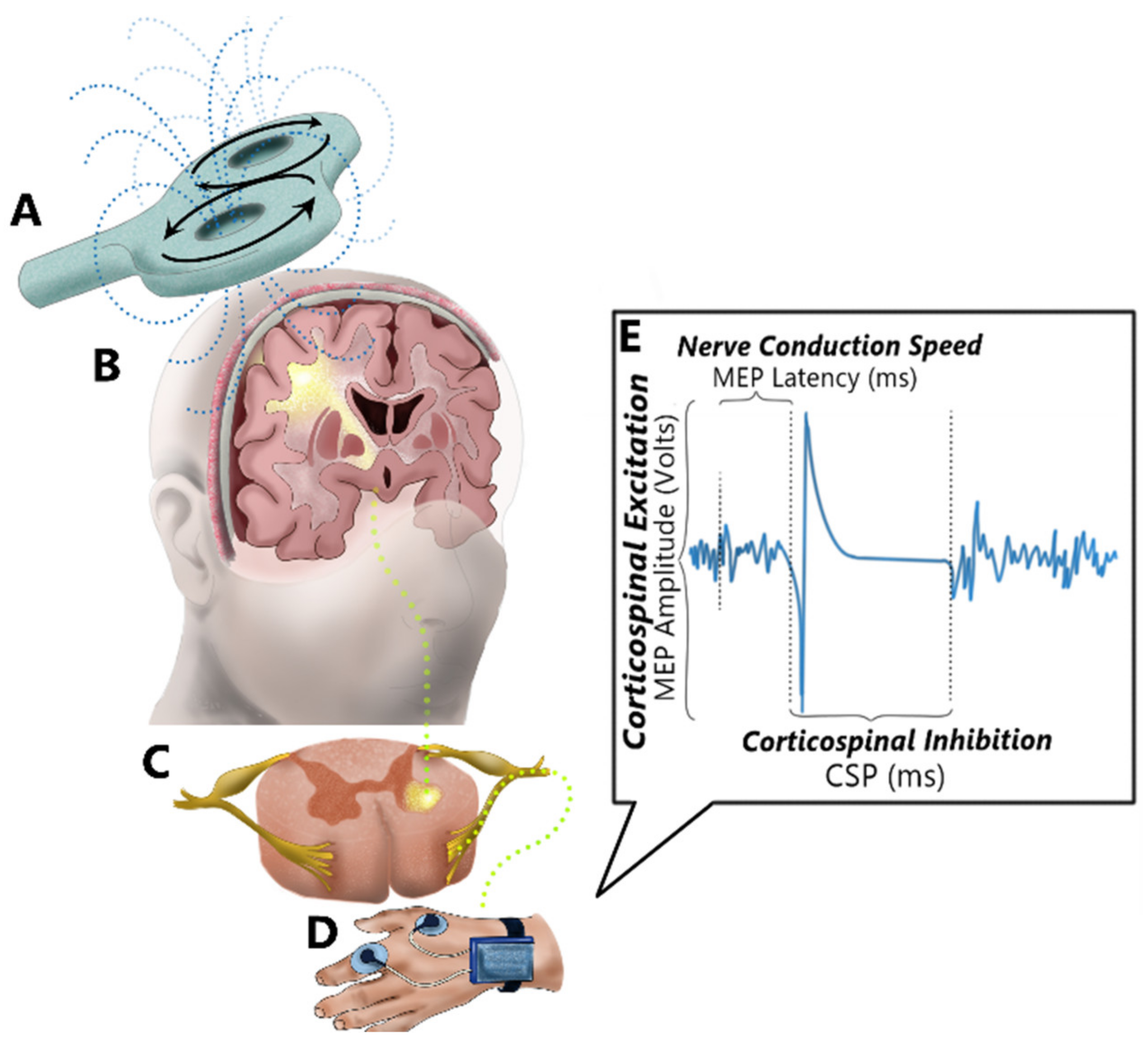
Brain Sciences, Free Full-Text
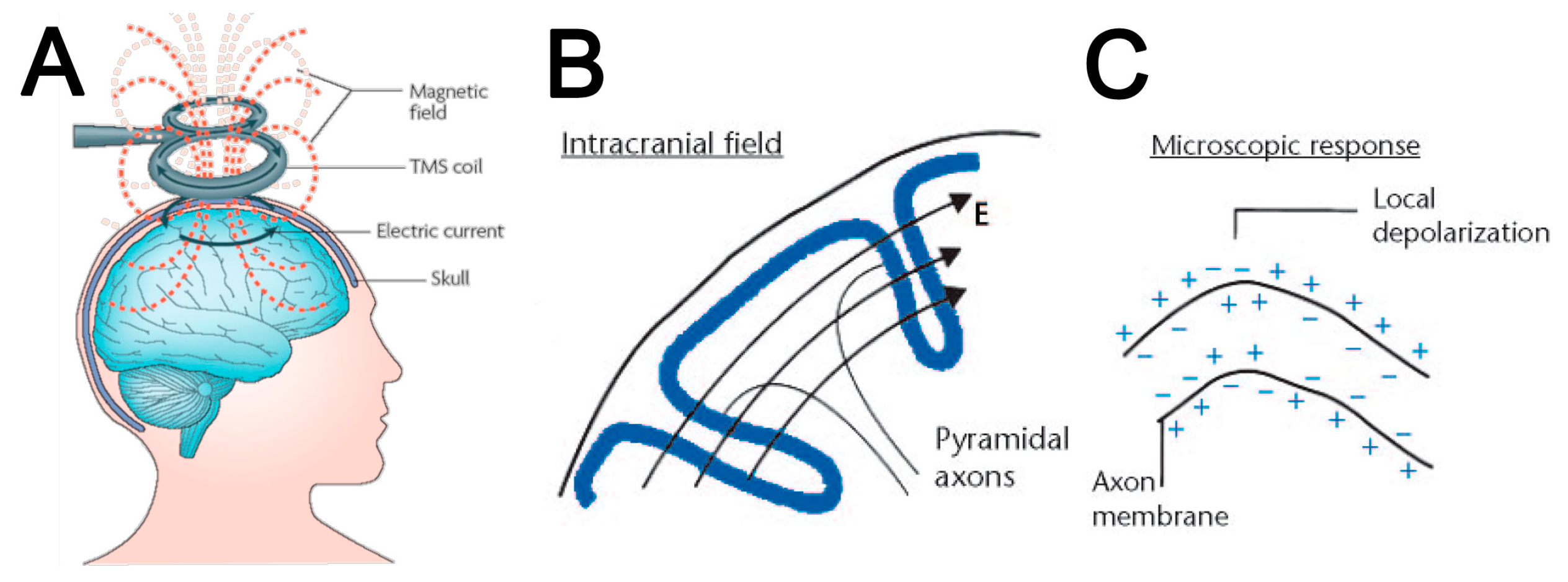
IJMS, Free Full-Text
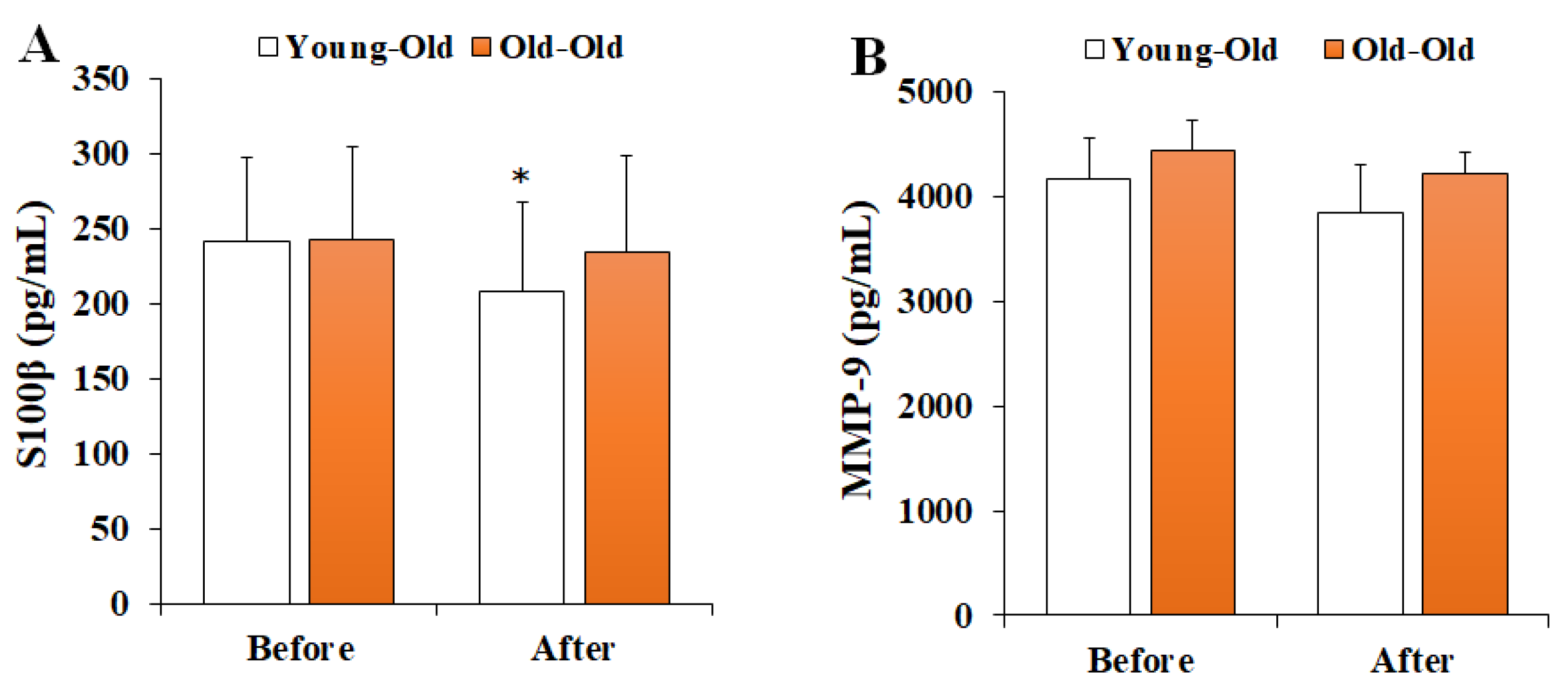
IJERPH, Free Full-Text
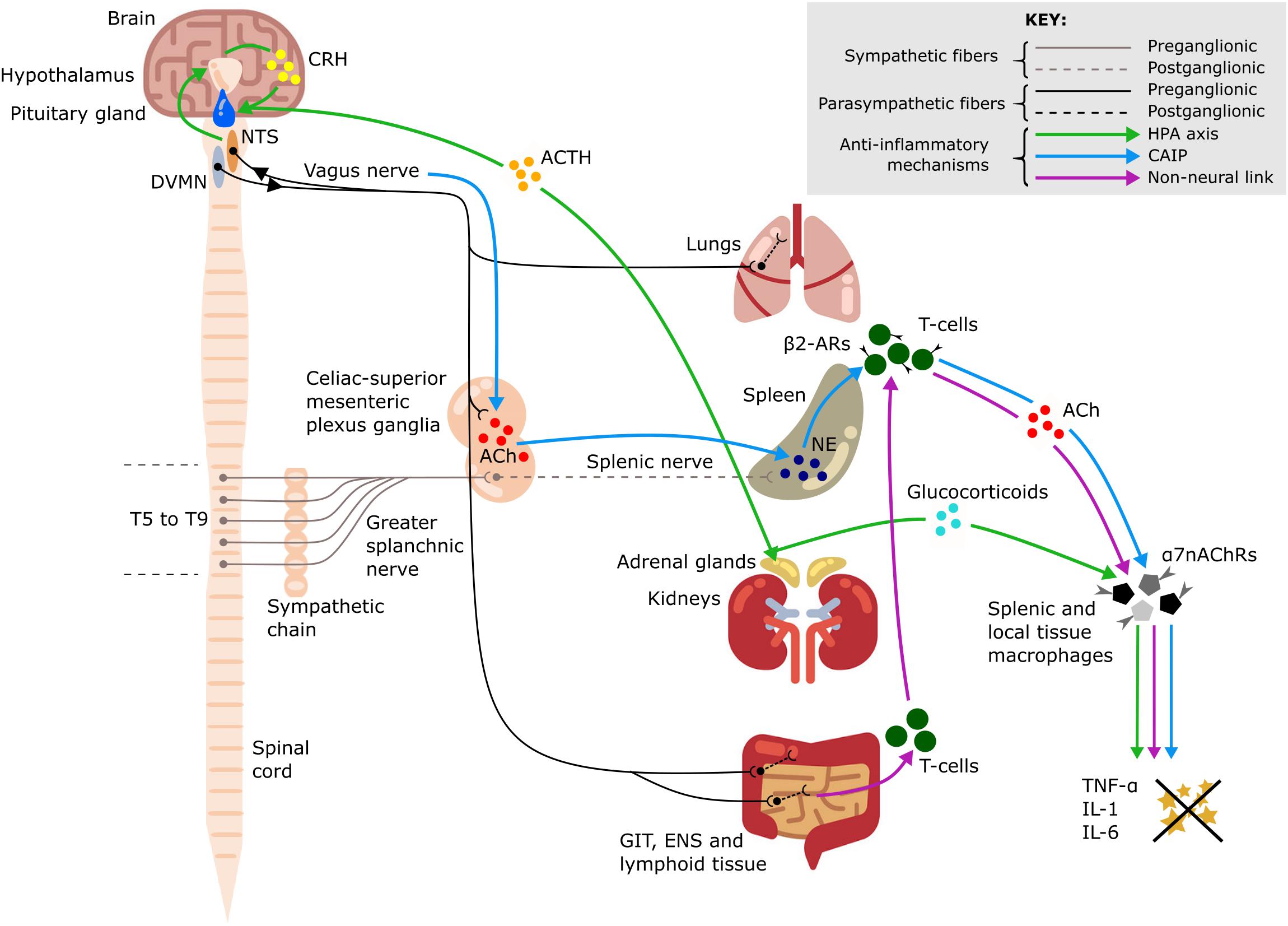
Frontiers Selective Vagus Nerve Stimulation as a Therapeutic Approach for the Treatment of ARDS: A Rationale for Neuro-Immunomodulation in COVID-19 Disease

Neuroprosthetic baroreflex controls haemodynamics after spinal cord injury
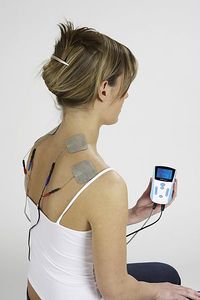
Transcutaneous Electrical Nerve Stimulation (TENS) - Physiopedia
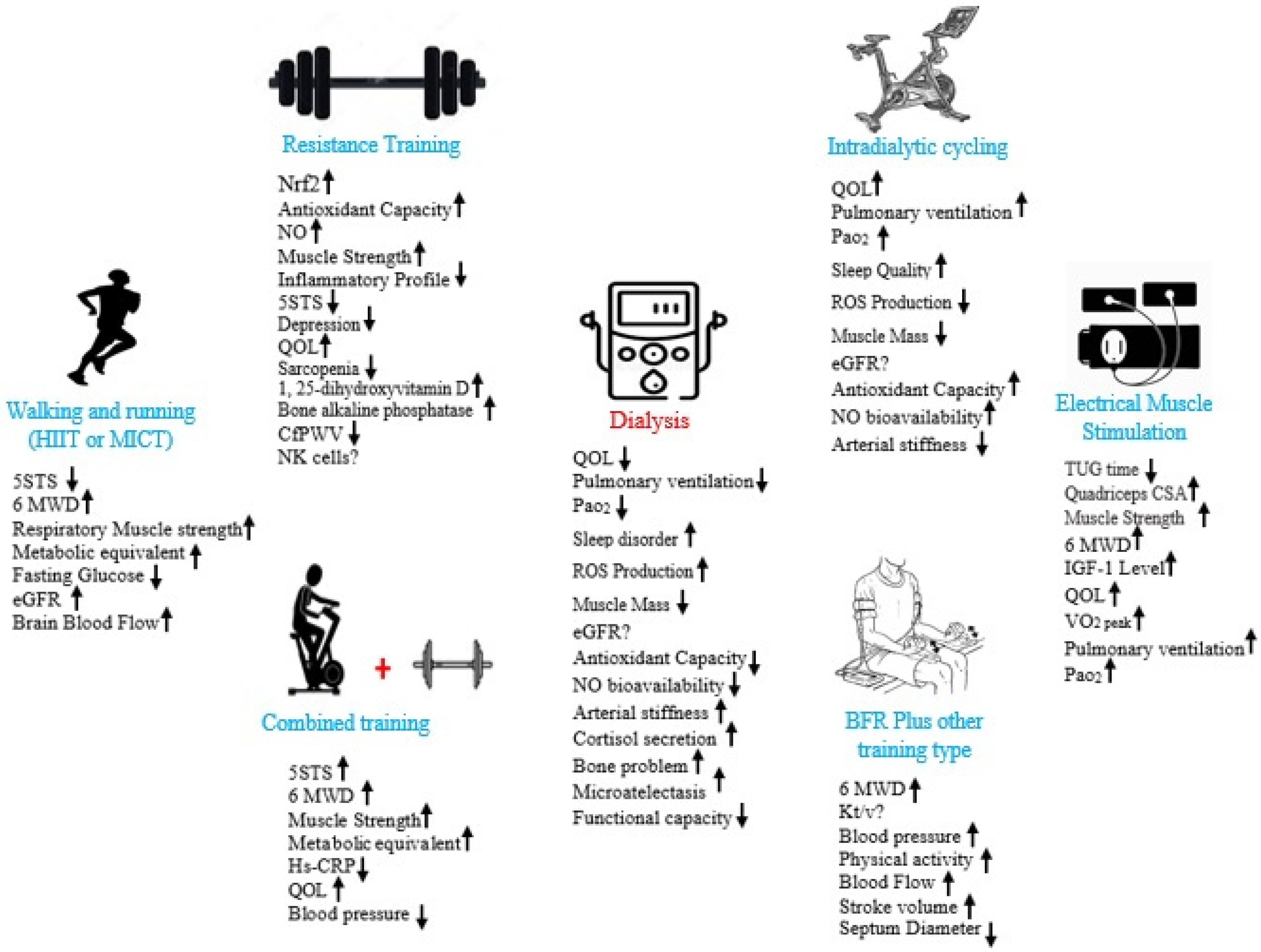
Sports, Free Full-Text
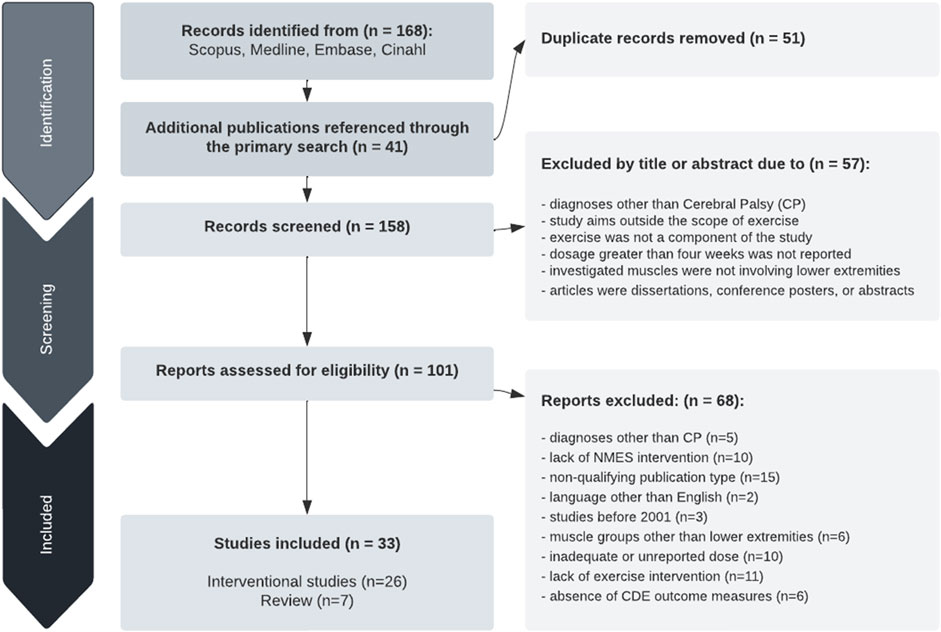
Frontiers Neuromuscular electrical stimulation to augment lower limb exercise and mobility in individuals with spastic cerebral palsy: A scoping review

Monitoring cerebral hemodynamic change during transcranial ultrasound stimulation using optical intrinsic signal imaging

Near-infrared spectroscopy monitoring of neonatal cerebrovascular reactivity: where are we now?

The Effect of a Portable Electrical Muscle Stimulation on Brain-Derived Neurotrophic Factor in Elderly People: Three Case Studies - Yuichi Nishikawa, Kohei Watanabe, Shuhei Kawade, Noriaki Maeda, Hirofumi Maruyama, 2021


